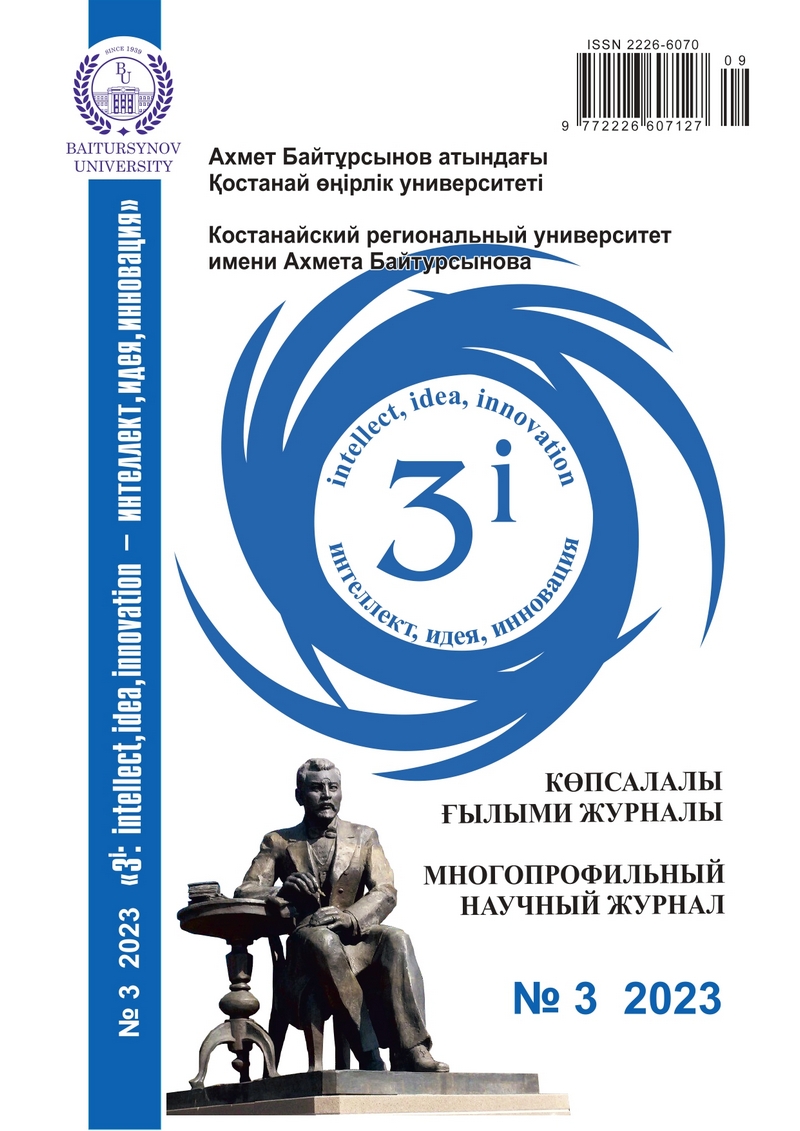STUDY OF FURROW FORMATION BY THE POWER DRIVEN ROTARY TILLAGE IMPLEMENT FOR THE SURFACE TILLAGE OF SOIL
DOI:
https://doi.org/10.52269/22266070_2023_3_71Keywords:
disc, rotary and ring tillage tool, furrow, parallelogram, ellipse, kinematic parameterAbstract
For the surface tillage, it is common to utilize machines and tools, and their tillage implements are set in motion through contact with the soil and by the tractor's PTO. The furrow produced by the rotating tillage implements is characterized by an uneven bottom that matches the furrow length and aligns with the direction of the movement of the machine-tractor aggregates. However, an analysis of research suggests that this scenario does not fully capture the process of furrow formation by the cutting blade of the concerned tillage implement powered by the tractor's PTO. For the reasons outlined above, determining the tillage implement parameters to achieve the desired quality of surface soil tillage is quite challenging. This article, therefore, delves into the process of furrow formation using the power driven tillage implement.The objective of this study is to develop a methodology for determining the parameters of the furrow formed by the power driven tillage implement’s cutting blade. Experiments were conducted in a soil box filled with sandy soil, considering approach angles ranging from 30 to 90° and kinematic parameters varying between 0.8 and 2.2. The findings reveal that the cutting blade of the rotating implement, designed in an elliptical fashion, generates a furrow that takes on a parallelogram shape when seen from above. At a small approach angle, the implement's cutting blade produces a short, narrow furrow that deviates from the implement's path and remains within the implement's working width.




